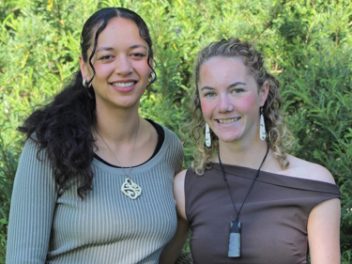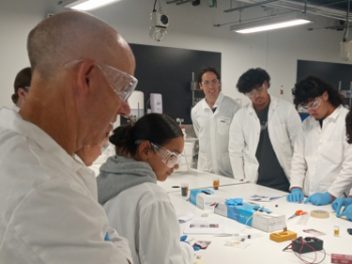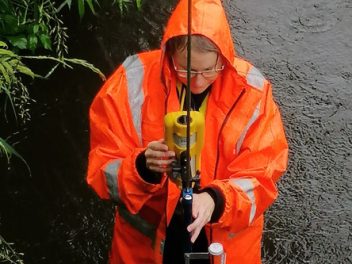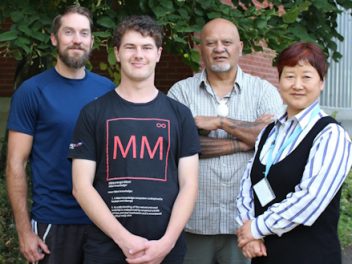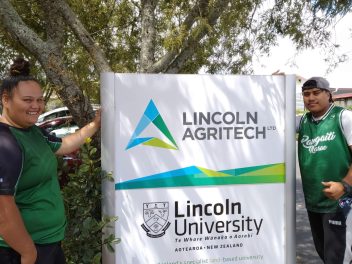Mātauranga Māori at Lincoln Agritech
Lincoln Agritech has a young but growing history of developing mutually valued relationships with several iwi organisations, brought about by a desire to solve shared research/rangahau challenges and to build capability and capacity in organisations and communities.
Our shared areas of focus include water quality, soil and plant health, pest control, climate change and land use. Our aspiration is to build a self-sustaining Māori-led research group within Lincoln Agritech.
We acknowledge that mātauranga exists at different levels.
Names for fauna and flora, and knowledge about their sources, properties and various uses may differ at mātauranga-ā-iwi, mātauranga-ā-hapū and mātauranga-a-whānau levels. Understanding and recognising similarities and differences is important to building strong partnerships across different tribal rōpu.
Our shared research/rangahau projects include:
- working with five iwi groups to gather, categorise and analyse properties of trichoderma found in their rohe for potential to improve plant health and resilience, acknowledging ownership of intellectual property remains with the caretakers of the land in which they were discovered.
- training native plant nursery staff in laboratory microbiology processes alongside their local mātauranga to investigate the whakapapa/āhua of their unique flora/fauna.
- undertaking research to investigate the potential for trichoderma to prevent or mitigate the effects of myrtle rust disease.
- providing mātauranga expertise to the investigation of swarm robotics for pest control.
- providing support to Te Kura Toitū o Te Whāiti Nui-a-Toi through the sciences collaborating with their local mātauranga, to build the capability and capacity of their tauira to action kaitiakitanga in their forest home of Te Urewera.
- working with iwi (Ngāti Whare) to explore how the wide range of materials contained within exotic and native plants can bring economic benefits for their community. This research project is informed by mātauranga-ā-iwi to ensure sustainable practices within a culturally safe framework. We prioritise transformative outcomes for purpose and humanity.
Building capability and capacity through rangatahi
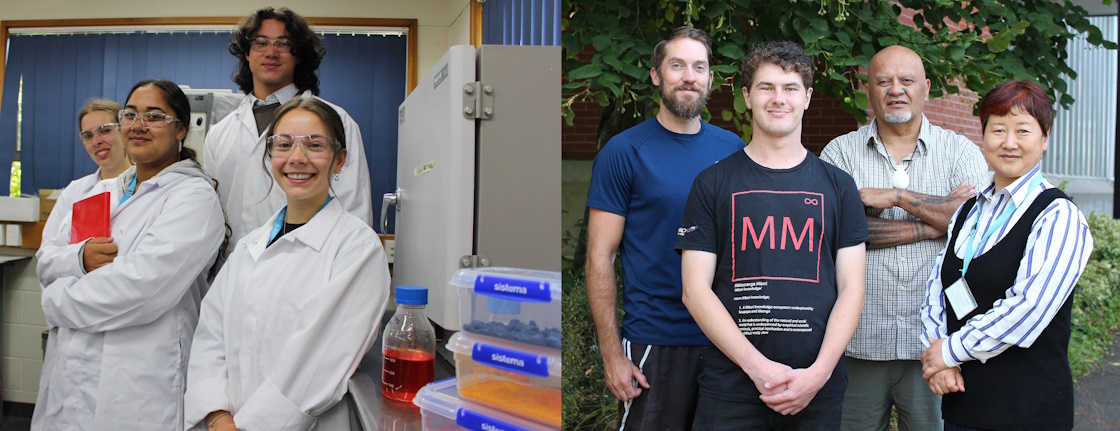
Left: 2022 summer students (from left) Haidee Middlewood-Krsinic, Serene Ratu (Ngai Tūhoe), Philip Stenger, and Samantha Taylor. Right: Pūhoro STEMM intern Taylor Te Puni (Te Āti Awa), centre, with (from left) Biotechnology Team Leader Simon Kelly, Lincoln Agritech Kaiārahi Māori Chaz Doherty, and Research Scientist Jin-Hua Li.
Through scholarships and internships we support programmes such as the Pūhoro STEMM Academy and Lincoln University Māori Scholarships, and strive to provide opportunities for rangatahi to safely work alongside our scientists, building capability and capacity in their communities.
In 2021/22, Serene Ratu (Ngai Tūhoe), was one of our summer students. Serene is studying for a joint Bachelor of Product Design and BCom. A member of her iwi encouraged her to apply for a job at Lincoln Agritech, because of its work with Minginui Nursery to develop novel cellulose fibres and pigments from endemic plants, including tawa.
In 2022/23 we hosted Taylor Te Puni (Te Āti Awa) as a Pūhoro STEMM intern, Taylor is studying for a BSc in biochemistry.
A word from our Kaiārahi Māori Chaz Doherty
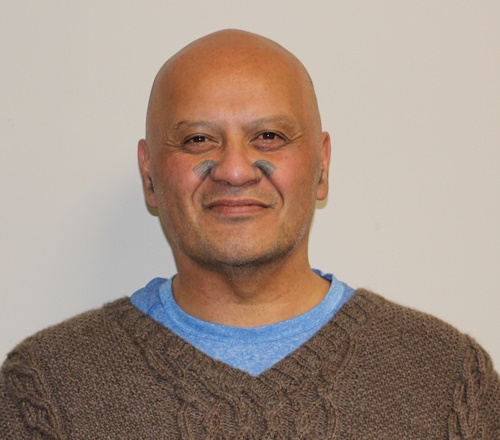
For Māori, our research questions come from wider community, which means our connectedness with nature. Recognition of the levels of community mātauranga/ knowledge is a form of validation that groundtruths our collective analysis.
So, we do not only concur with the generic mātauranga Māori, for if research findings are to be transformational for each respective Māori group and community, we need to be sensitive to their particular knowledge scenarios, hence mātauranga-a-iwi, mātauranga-a-hapū and mātauranga-a-whānau. This Māori-led research group will listen intently to the observations and mātauranga of each whārua, who will provide all the variables and information required, which this Māori-led rangahau akomanga will then interpret for this collective, sensitised, specific research.
Because mātauranga is lived, time is of the essence. Meaning, there is no set timeframe for our accumulation of data. We will rely on observations so our response is kaupapa-reflective of that community’s unique taiao, which is important to all Māori communities.
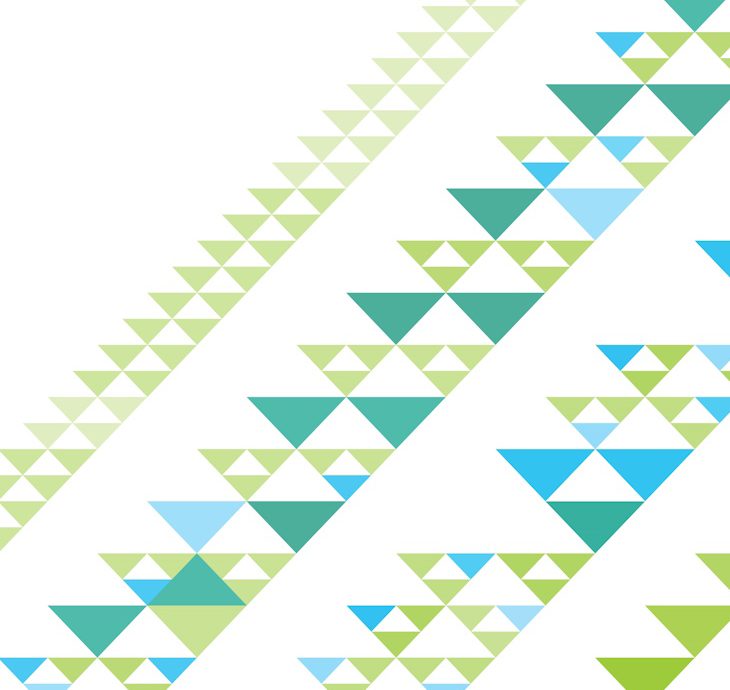
Science is learned, mātauranga is lived
Throughout our website you will see the use of geometric patterns that represent the borders or edges of domains.
The patterns indicate movement where spaces cross over and go back and forth – a space held to meet and greet, a space to navigate and negotiate.
For us this pattern is symbolic of the fusion of culture that seeks to develop and evolve, to grow its critical thinking, its shared learning systems. It supports a culture of science/mātauranga unique to this part of the world.

